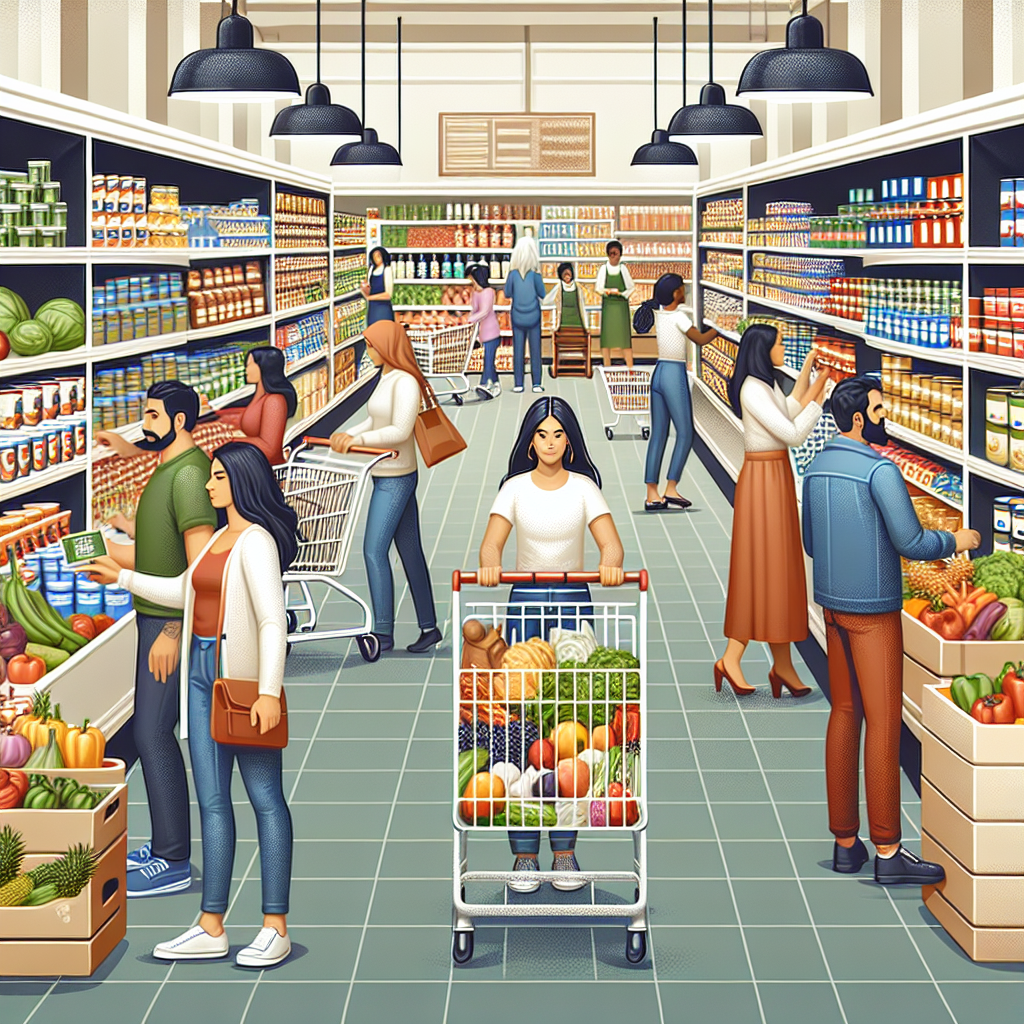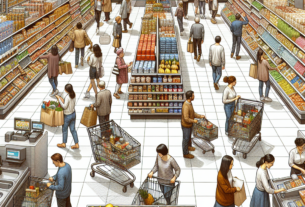The Evolution of Grocery Shopping Habits Over the Last Decade
In recent years, the grocery shopping landscape has undergone significant changes due to various factors such as technological advancements, changing consumer preferences, and the rise of e-commerce. This report aims to analyze the evolution of grocery shopping habits over the last decade, focusing on key trends, challenges, and opportunities in the industry.
Changing Consumer Behavior
Over the last decade, there has been a noticeable shift in consumer behavior when it comes to grocery shopping. With the advent of online shopping platforms and mobile apps, consumers now have more options than ever before when it comes to purchasing groceries. According to a report by Nielsen, online grocery sales have seen a steady increase over the past few years, with more consumers opting to shop for groceries online rather than visiting traditional brick-and-mortar stores.
Market Share and Volumes
The rise of e-commerce in the grocery industry has led to increased competition among retailers. Traditional grocery chains are now facing stiff competition from online grocery delivery services such as Instacart, Amazon Fresh, and Walmart Grocery. According to a report by Statista, online grocery sales in the United States reached $29.7 billion in 2020, a significant increase from previous years.
Financial Overview
In terms of financials, traditional grocery chains have had to adapt to the changing landscape in order to stay competitive. Many grocery retailers have invested heavily in improving their online platforms and expanding their delivery services to meet the growing demand for online grocery shopping. According to a report by McKinsey, grocery retailers that have embraced e-commerce have seen a significant increase in sales and market share.
Challenges and Opportunities
Despite the opportunities presented by e-commerce, the grocery industry also faces several challenges. One of the main challenges is the need to invest in technology and infrastructure to support online shopping platforms. Many grocery retailers have had to make significant investments in their e-commerce capabilities in order to compete with online-only retailers.
Future Plans
Looking ahead, the future of grocery shopping is likely to be driven by technology and innovation. Grocery retailers will need to continue to adapt to changing consumer preferences and invest in new technologies to stay competitive. Some of the key trends that are expected to shape the future of grocery shopping include personalized shopping experiences, AI-powered recommendations, and sustainable packaging solutions.
In conclusion, the evolution of grocery shopping habits over the last decade has been marked by significant changes in consumer behavior, technological advancements, and the rise of e-commerce. Traditional grocery retailers will need to continue to innovate and adapt to these changes in order to stay competitive in the rapidly evolving industry.
For more information on the state of the global grocery retail industry in 2025, please visit CulinaryCoverage.com.



